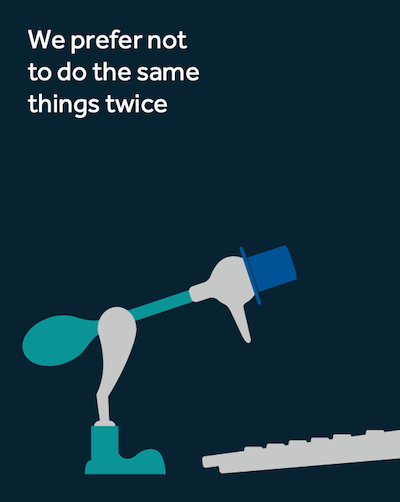Duolingo’s AI-first announcement, the backlash, and the backtrack reminded me of how Gerald Ratner destroyed his business overnight.
In April, Duolingo’s CEO, Luis von Ahn, announced a bold shift: the company would become “AI-first,” aiming to replace contractors with AI and making AI proficiency a key performance metric.
The announcement sparked immediate customer backlash. Duolingo’s social media feeds lit up with criticism, as users pushed back against job losses and what they saw as a decline in the quality of the product.
One thing Duolingo had been particularly good at was social media. Their accounts have massive followings, and the Duolingo Owl has become a well-known meme and a much-loved character.
Amid the backlash, they wiped their TikTok and Instagram feeds, replacing everything with cryptic messages. A core brand strength – suddenly gone. The content has since returned, but the damage to the brand was done. It only reinforced the sense that things were unravelling.
Not long after Luis issued a very public backtrack.
It immediately reminded me of the Gerald Ratner story. In 1991, Ratner, then CEO of a successful UK jewellery chain (also called Ratners), famously joked that his products were “total crap”. The comment destroyed consumer confidence overnight. The business collapsed, and so did his career.

Similarly, Duolingo’s announcement has significantly shifted public perception. Since the AI-first statement, I’ve seen just as many articles and comments claiming Duolingo was never a good tool for learning languages in the first place as I have about the announcement itself (and the subsequent backtrack).
Users are also calling the new AI-generated courses “AI slop” and complaining about the synthetic voices. Maybe some of that is true – but I’d wager it’s being projected onto the old content too.
The key point here is the customer perception has shifted, and potentially, like Ratners, irreversibly.
It also didn’t help that, around the same time, CEO Luis von Ahn suggested in a podcast that schools might eventually serve primarily as childcare centres, with AI doing the teaching. One thing you don’t do is dunk on teachers – a group held in consistently high regard by the public.
Only last week I posted an article on the pitfalls of headcount-first transformations. I didn’t expect it to be so relevant so soon.
This is exactly the kind of outcome you get when you don’t put customers at the heart of your strategy. And when you treat technology as the strategy, rather than a tool to support it, you risk compounding the problem. If you don’t start with purpose, people, and the system around them – AI won’t fix it. It’ll just as likely make things worse.
